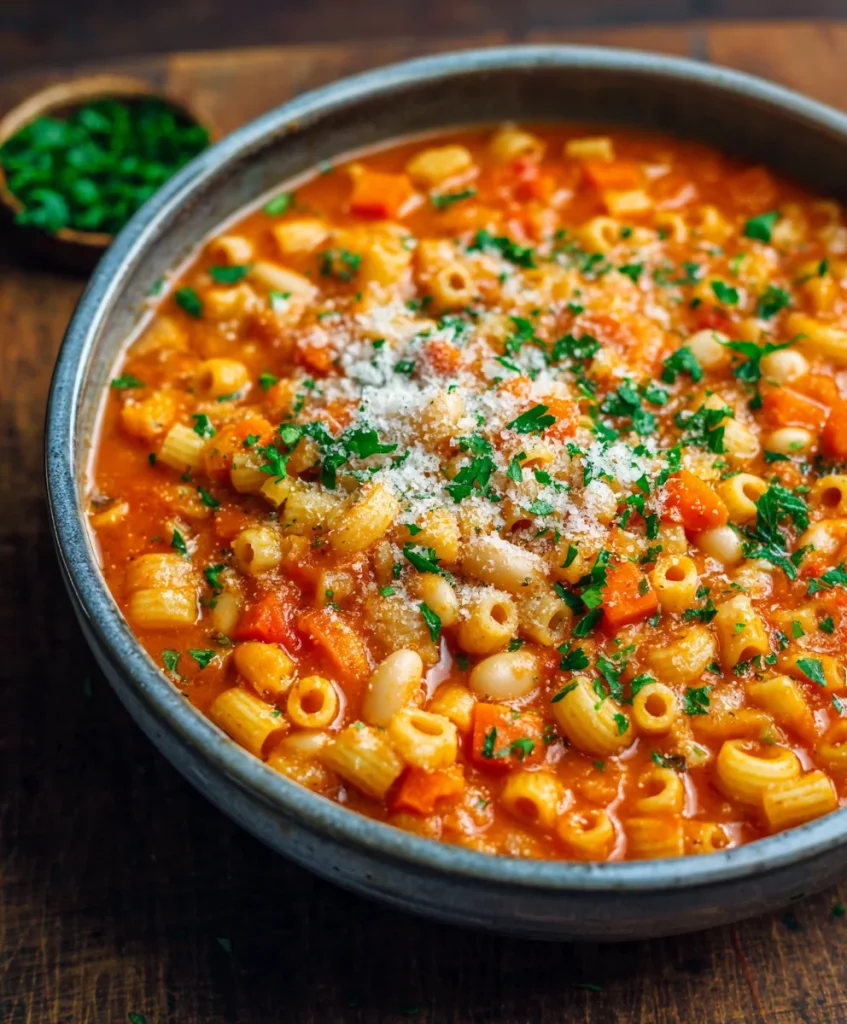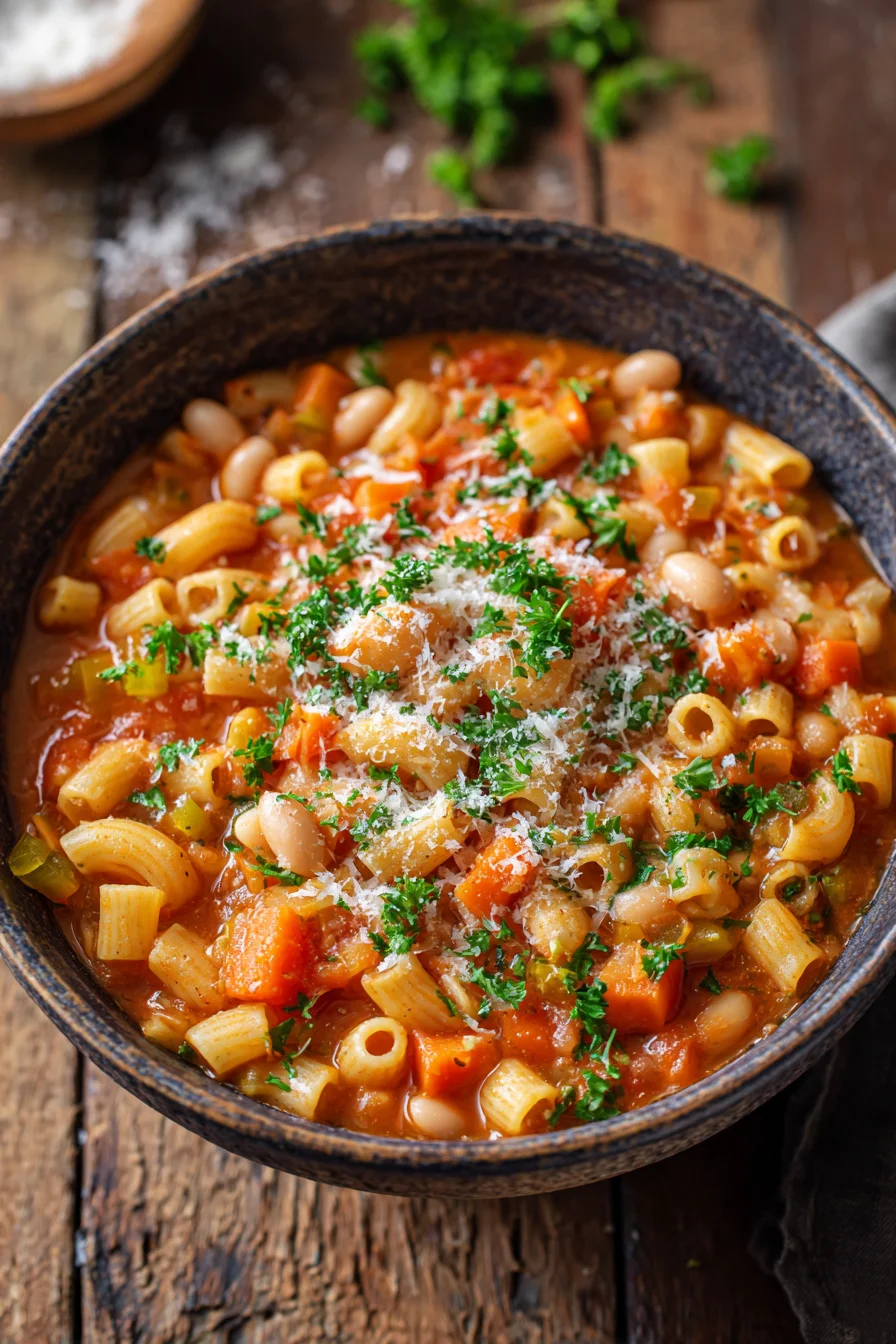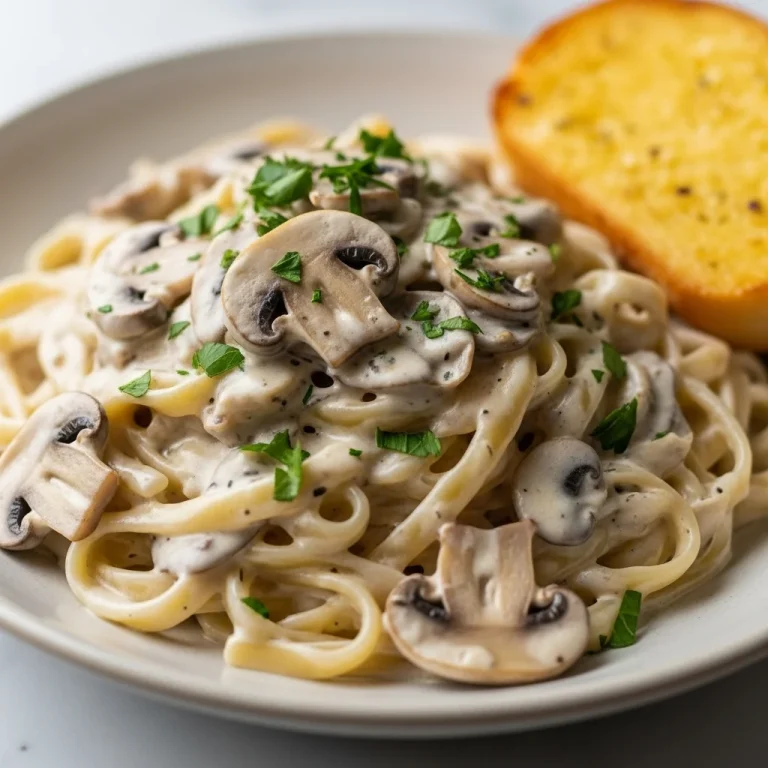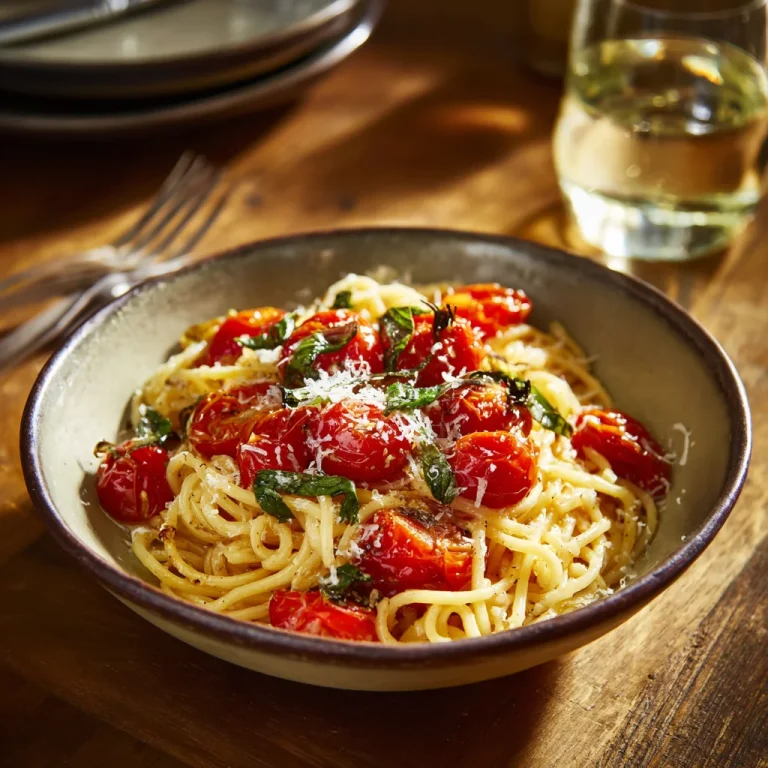Ditalini Pasta Recipe – Easy, Cozy, and So Satisfying
I’ll be honest—ditalini pasta doesn’t always get the spotlight. It’s not flashy like rigatoni or fussy like homemade ravioli. But that’s kind of the beauty of it. Small, sturdy, and quick to cook, ditalini is the workhorse of weeknight meals. It slips into soups, turns basic pantry staples into something worth sitting down for, and honestly… it just works.
Today’s recipe is a one-pot ditalini pasta dish that’s hearty, loaded with flavor, and wonderfully simple. Think of it like a cross between a pasta stew and a saucy bowl of comfort—somewhere between minestrone and mac and cheese but without all the heaviness.
🕒 Time & Servings
- Prep time: 10 minutes
- Cook time: 25 minutes
- Total time: ~35 minutes
- Serves: 4 to 6

📝 Ingredients
For the Ditalini Pasta:
- 1½ cups ditalini pasta
- 1 tbsp olive oil
- 1/2 medium onion, finely chopped
- 2 garlic cloves, minced
- 1 large carrot, diced
- 1 celery stalk, diced
- 1 cup canned crushed tomatoes
- 3 cups vegetable or chicken broth
- 1 cup canned cannellini or white beans, drained
- 1/2 tsp dried oregano
- 1/4 tsp crushed red pepper (optional)
- Salt & black pepper, to taste
- Fresh parsley or basil, for garnish
- Grated parmesan (optional)
👩🍳 Instructions
- Sauté aromatics:
Heat the olive oil in a large pot over medium heat. Add onion, garlic, carrot, and celery. Cook for about 5–7 minutes, until soft and fragrant. - Build the base:
Stir in the crushed tomatoes, oregano, salt, pepper, and chili flakes if you want a little kick. Let it simmer for 3–4 minutes. - Add the liquid:
Pour in the broth and bring everything to a boil. - Cook the pasta:
Stir in the ditalini pasta and reduce heat to a low simmer. Let it cook uncovered for about 10–12 minutes, or until pasta is tender. Stir occasionally—it can stick a bit. - Add beans:
Toss in the white beans and cook for another 2–3 minutes to heat through. - Finish & serve:
Taste and adjust seasoning if needed. Ladle into bowls and top with fresh herbs and parmesan if you’re using it. Serve warm.
🧂 Recipe Notes
- Use broth, not water. It adds way more depth to the base of the recipe.
- If your broth evaporates too quickly or the pasta thickens too much, just add a splash more liquid.
- Want it creamier? Stir in a tablespoon of cream or a pat of butter at the end. No judgment here.
- This is technically a soup-pasta hybrid, so don’t expect it to be dry—it’s meant to be saucy.
🥡 Storage Tips
This pasta holds up pretty well for a few days. Store it in an airtight container in the fridge for up to 4 days. When reheating, add a splash of broth or water to bring back that silky texture—it thickens up as it sits.
I wouldn’t recommend freezing this one, especially with the pasta already cooked. It tends to get soft and mushy after thawing.
🔍 Nutrition Breakdown (Per Serving)
Approximate, based on 6 servings and without cheese:
- Calories: 290
- Carbohydrates: 44g
- Protein: 9g
- Fat: 7g
- Fiber: 5g
- Sugar: 5g
- Sodium: 500mg
🧑🍳 Kitchen Tools You’ll Need
- Medium-large pot
- Stirring spoon
- Cutting board and knife
- Can opener
- Ladle (optional, but nice for serving)

💡 Extra Tips to Make It Better
- Want to add meat? Brown some ground sausage or pancetta before the veggies and cook it through. Adds a whole different layer.
- No ditalini? Try elbow macaroni or small shells. Just adjust the cooking time a bit.
- Stirring occasionally while the pasta cooks helps prevent it from sticking to the bottom of the pot.
- If you love heat, finish each bowl with a sprinkle of red pepper flakes or chili oil. I mean… why not?
🍽️ How to Serve
You can serve this ditalini pasta as a main course or a side with grilled chicken or garlic bread. It’s cozy enough for dinner but not too heavy for lunch. I’ve even had it cold out of the fridge like a pasta stew. Don’t judge—it works.







